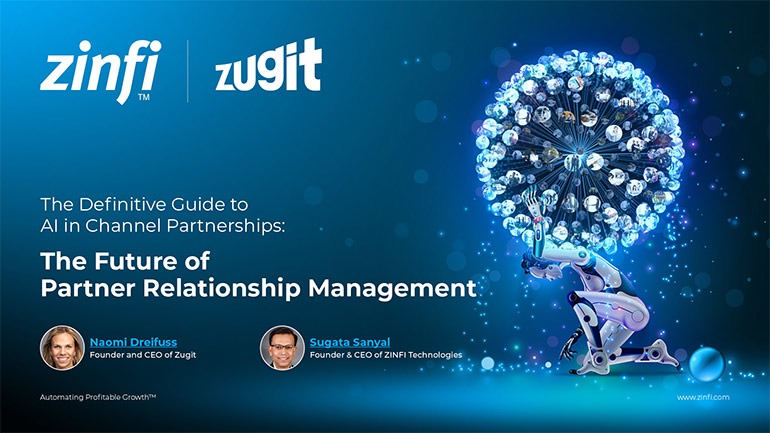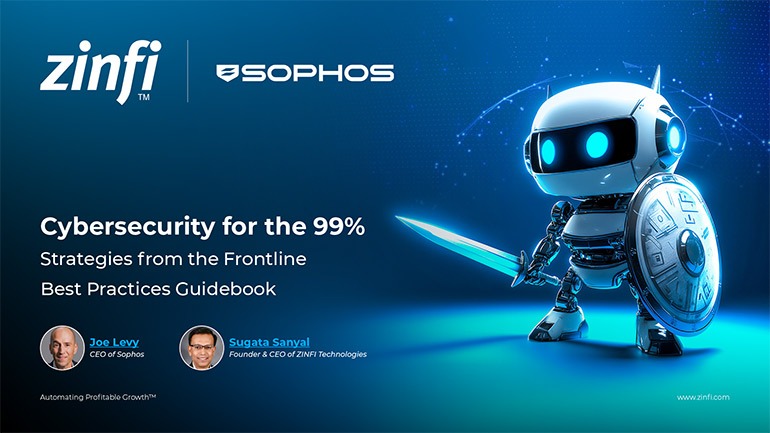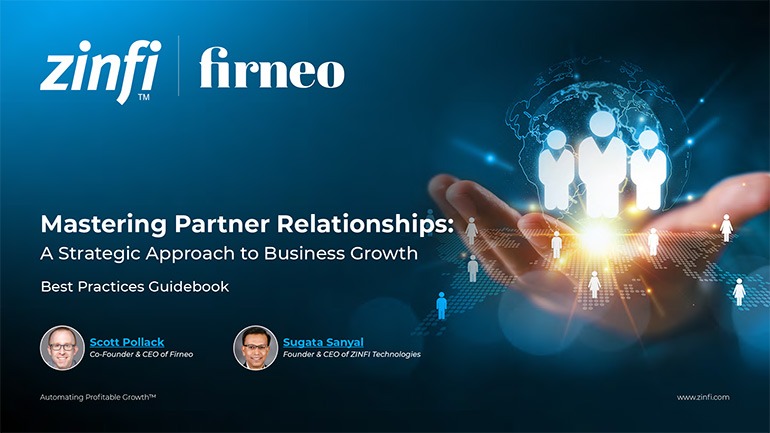Glossary - How to - Partner Enablement Best Practices
How to Implement Partner Enablement Best Practices?
Introduction
Understanding Partner Enablement
In partner relationship management (PRM), ensuring that partners are well-equipped with the right tools, knowledge, and resources is crucial for success. This process, known as partner enablement, involves training, marketing support, sales resources, and technical assistance to drive better engagement and revenue growth. Partner enablement best practices help organizations optimize their channel programs and enhance their partner ecosystem.
The Role of Automation in Partner Enablement
Effective partner enablement is not just about providing resources—it’s about aligning business goals, fostering collaboration, and ensuring that partners have a clear roadmap to success. With proper partner management automation, businesses can streamline onboarding processes, improve communication, and track partner performance more effectively. PRM software helps to provide scalable, repeatable, and measurable partner enablement solutions that drive sustainable growth.
Key Takeaways:
Develop a Structured Onboarding Process:
A well-structured partner onboarding program ensures new partners quickly understand your product offerings, value propositions, and sales strategies. Best practices include:
- Providing a step-by-step onboarding guide
- Creating training modules and certifications
- Offering live webinars and Q&A sessions
- Setting up a dedicated partner portal for easy access to resources
Organizations can ensure consistent and scalable partner training by implementing an automated onboarding process, leading to faster time-to-value and increased partner engagement.
Offer Continuous Training and Certification:
Continuous partner education is essential for maintaining high performance. Some effective strategies include:
- Developing online learning platforms with video tutorials, quizzes, and certifications
- Providing role-based training (e.g., sales, marketing, technical support)
- Conducting monthly or quarterly refresher courses
- Hosting virtual and in-person training workshops
Well-trained partners are more confident in selling and supporting your products, leading to higher retention rates and better customer satisfaction.
Equip Partners with Marketing and Sales Enablement Tools:
Providing partners with the right sales and marketing tools can significantly impact their ability to generate leads and close deals. Best practices include:
- Supplying customizable marketing collateral (brochures, email templates, social media content)
- Offering co-branded marketing campaigns
- Providing access to automated lead generation tools
- Sharing sales playbooks and competitive intelligence
By integrating PRM software, businesses can track partner-driven marketing efforts and ensure that campaigns align with overall business objectives.
Implement a Strong Partner Communication Strategy:
Clear and consistent communication fosters trust and engagement among partners. To enhance collaboration:
- Use a centralized partner portal for streamlined communication
- Establish regular check-ins via newsletters, webinars, and meetings
- Create partner communities and forums for peer-to-peer knowledge sharing
- Assign dedicated partner managers to provide ongoing support
By maintaining open lines of communication, businesses can improve partner relationships and address concerns proactively.
Measure and Optimize Partner Performance:
Tracking and optimizing partner performance metrics ensures that your enablement strategy is effective. Key performance indicators (KPIs) to measure include:
- Sales revenue generated by partners
- Partner engagement rates (e.g., training completion, portal logins)
- Lead conversion rates
- Customer satisfaction scores
Leveraging PRM software allows businesses to gain insights into partner performance trends, identify top performers, and make data-driven decisions for improvement.
Summary of Key Takeaways:
Partner enablement requires a structured onboarding process, continuous training, marketing and sales enablement, effective communication, and performance measurement. Automation through PRM platforms ensures scalability and efficiency in partner engagement.
Key Examples:
- Automotive Manufacturing: In the automotive industry, partner enablement ensures that dealers and service centers receive training on new vehicle models, financing options, and after-sales service strategies. Providing them with digital marketing tools helps drive showroom visits and sales.
- Consumer Electronics: Electronics manufacturers enable partners by offering technical certifications, product demo kits, and co-branded advertising campaigns. Effective partner enablement programs enhance brand loyalty and sales performance.
- Energy Production: In the energy sector, partners require regulatory compliance training, installation guides, and financing solutions for renewable energy projects. A structured partner portal helps keep partners updated on industry changes.
- Financial Services: Banks and insurance providers enable partners through compliance training, lead management systems, and co-marketing campaigns. Digital self-service portals ensure easy access to product documentation and sales scripts.
- Food and Beverage: Franchise operators and distributors benefit from product training, seasonal marketing campaigns, and supply chain support. Providing access to real-time inventory management systems ensures seamless operations.
- Healthcare Services: Medical device and pharmaceutical companies allow compliance training, product certifications, and telehealth tools to partners. A robust e-learning platform ensures regulatory adherence.
- Information Technology: IT vendors offer certification programs, product roadmaps, and cloud-based collaboration tools to integrators and resellers. Providing sales enablement kits helps partners navigate complex B2B sales cycles.
- Pharmaceutical Development: Pharmaceutical firms enable partners using e-learning portals, compliance tracking systems, and product launch toolkits. Providing partners with clinical trial updates ensures accurate information dissemination.
- Retail Industry: Retail brands enable distributors through POS system training, promotional campaigns, and omnichannel marketing strategies. Ensuring real-time inventory visibility improves efficiency and sales.
- Telecommunications: Telecom providers empower partners by offering customer onboarding scripts, pricing calculators, and online training modules. Ensuring partners with the latest 5G technology updates enhances customer acquisition.
Conclusion:
Implementing partner enablement best practices is essential for driving successful partner programs. Businesses can build a high-performing partner ecosystem by focusing on structured onboarding, continuous training, marketing support, effective communication, and performance tracking.
Leveraging partner relationship management (PRM) automation further streamlines the enablement process, ensuring scalability and efficiency. As industries evolve, organizations must continually refine their partner enablement strategies to stay competitive and maximize partner-driven revenue.
Associated Keywords:
- Partner Training Best Practices
- How To Enable Channel Partners
- Partner Onboarding Strategies















